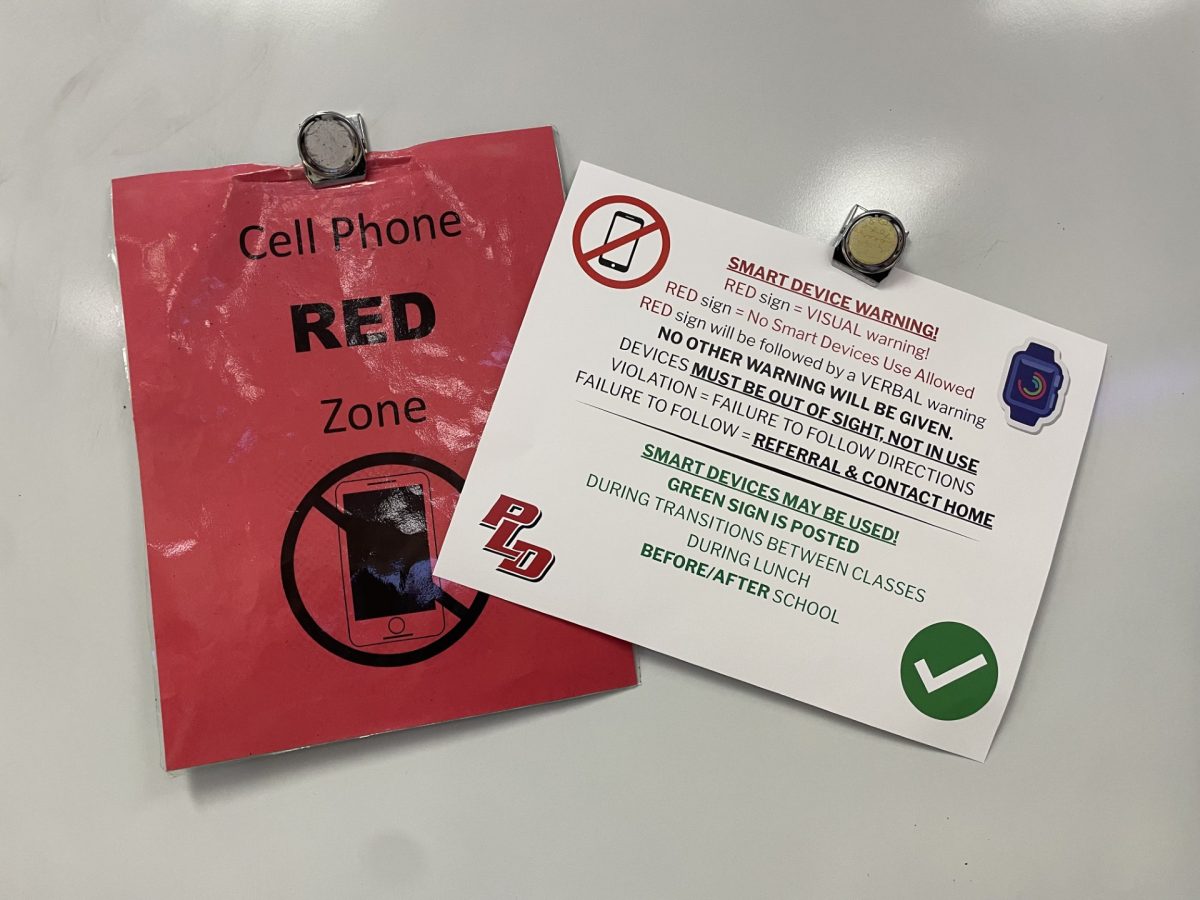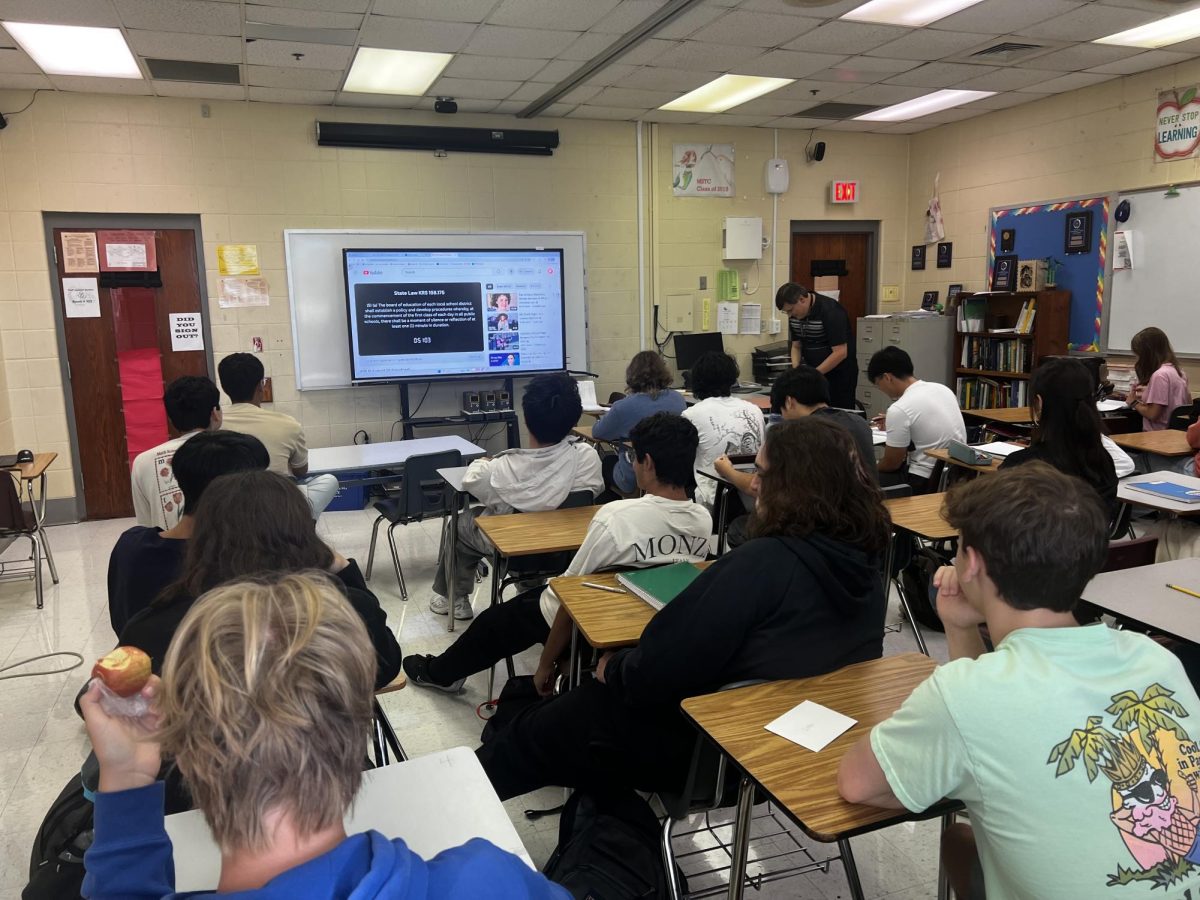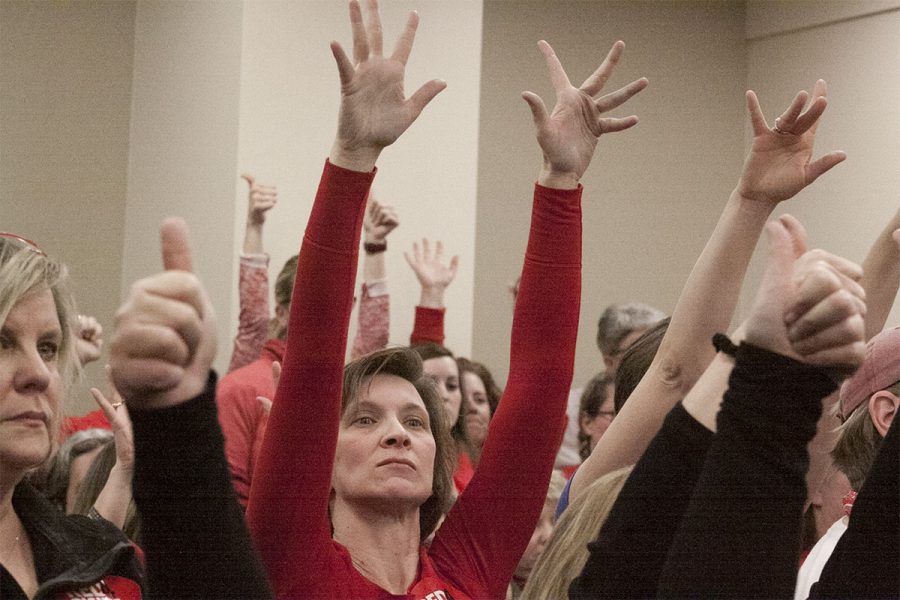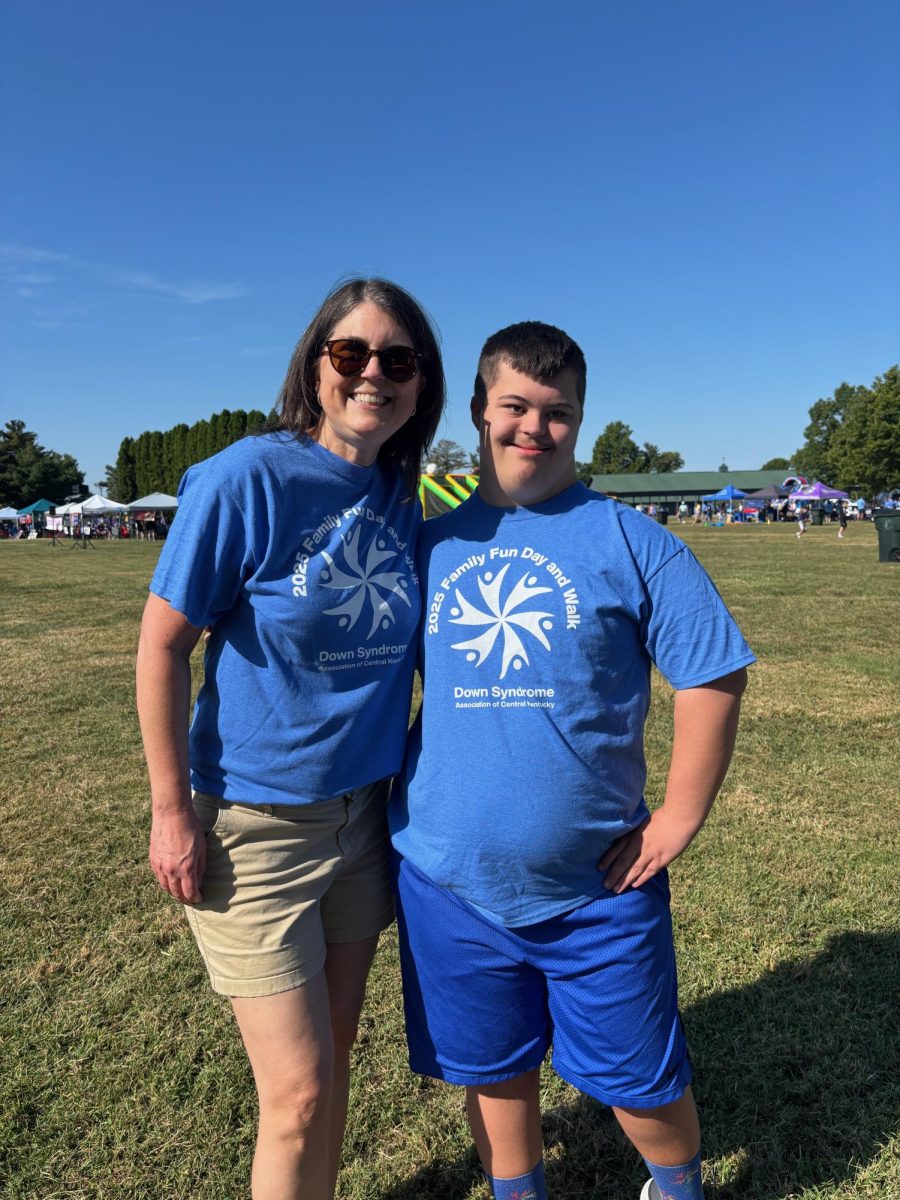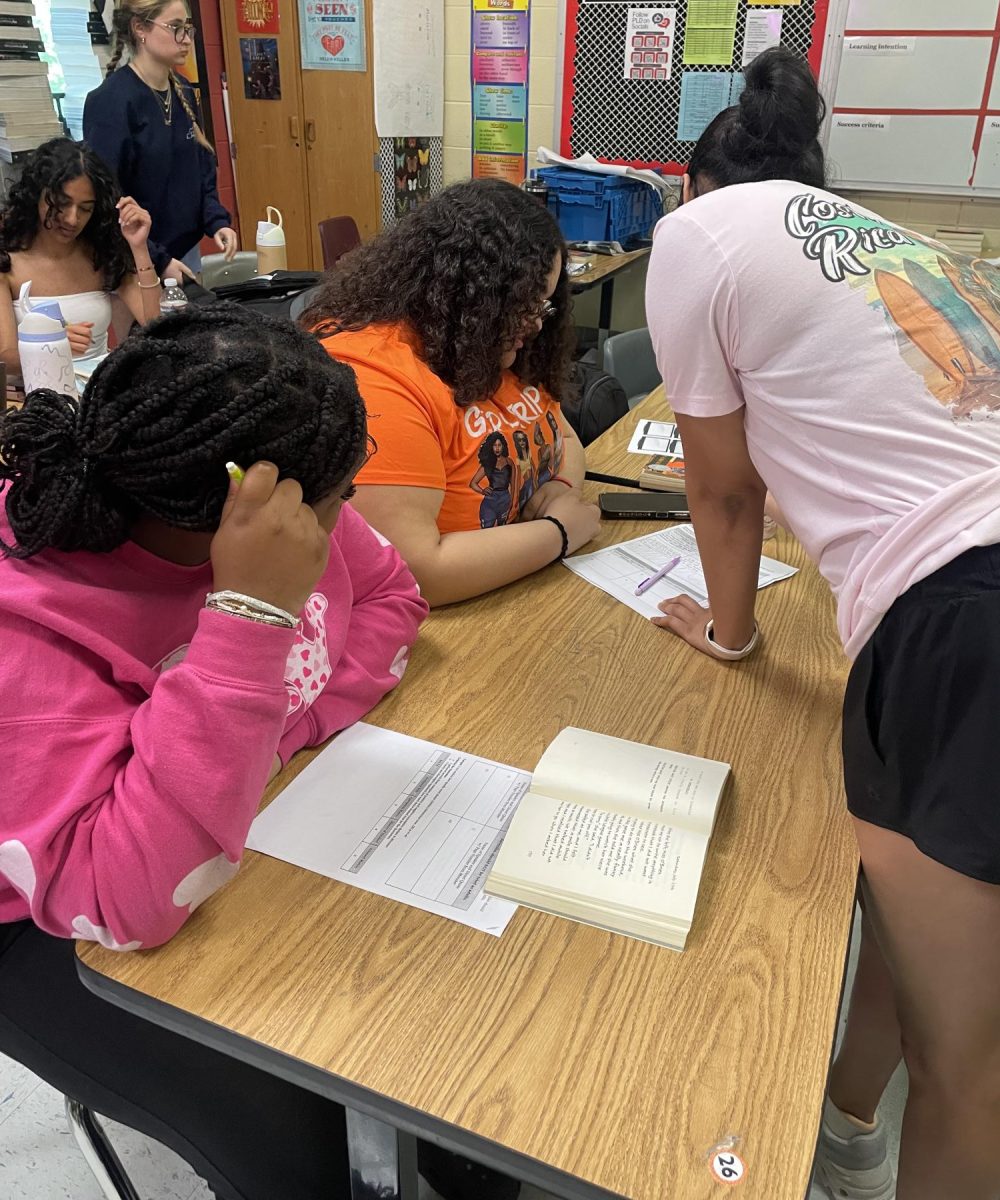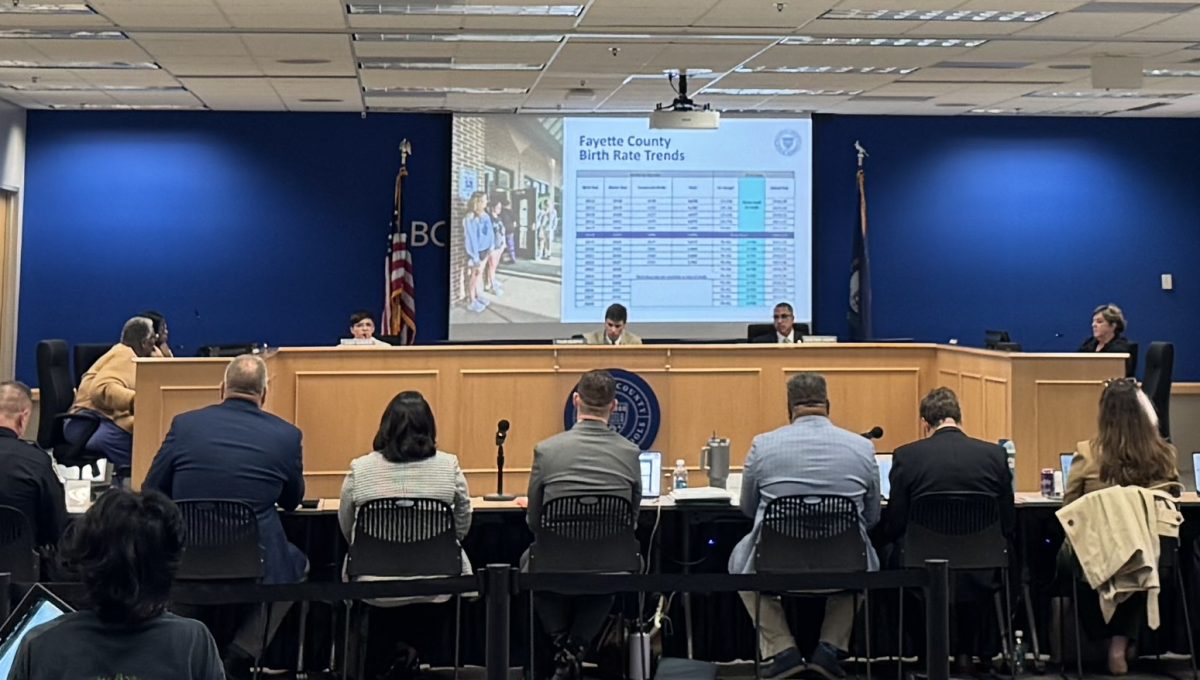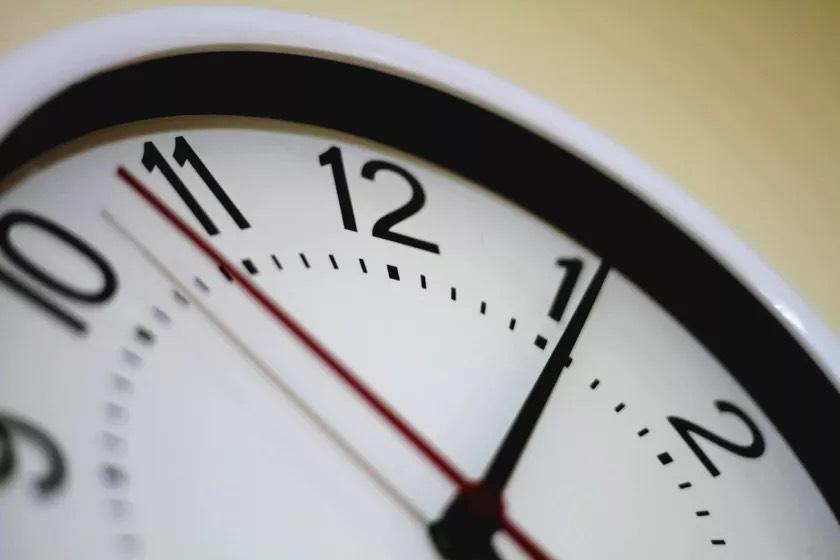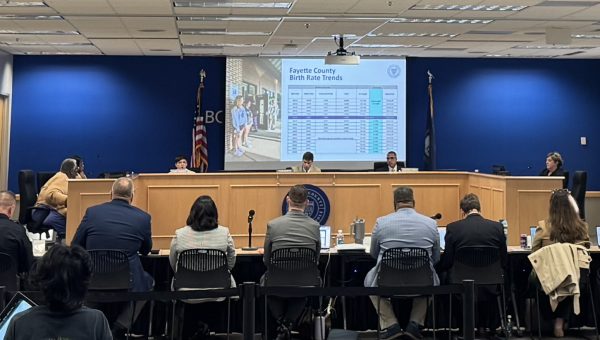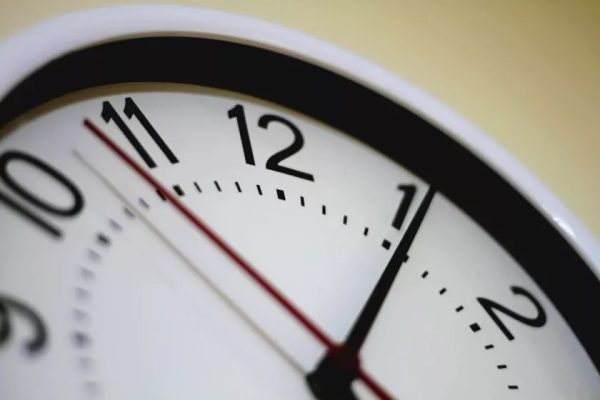How Social Media Harms Students
In today’s society, many people feel the need to fit in this idea of a “perfect body” that does not exist.
Students who spend three hours or more on social media each day are at a higher risk of having body image issues.
More teenagers are using social media now than ever before. Newer media such as Instagram and TikTok are the primary sources of social media that teenagers use daily.
These platforms are a source of entertainment and a way to stay in contact with friends. But teens who use social media also see harmful content on a daily basis, damaging their confidence and mental health.
In the early stages of puberty, the brain is easily affected by what you see. Instagram especially can be very toxic because users see many other people posting all the fun things they’re doing and all the friends that they get to hang out with. For some teens, seeing this content can cause feelings of jealousy, exclusion, and sadness.
“I see plenty of people post about their lives and how happy they are and it’s almost depressing to see them, especially since I barely get out of the house to see anyone right now,” junior Sullivan Hemingway said.
On social media, people only post what they want others to see. Because of this, many people are going to make sure that their posts are “perfect” and that there are no flaws with them. Many people Photoshop their bodies or faces to ensure that they fit their idea of the stereotypical beauty standard.
When others see these edited posts, they often feel insecure about their own appearance.
Sophomore Courtney Kehler said that it was difficult for her.
“Being Asian but growing up with a white family, so only knowing of white beauty standards growing up and being judged for not looking like that even though I’m Asian,” she said.
Both girls and boys see lots of different body types on social media, but the most common and stereotypically desirable body type on social media is a thin, fit figure for girls and a strong, tall figure for boys. Social media reinforces these beauty standards, contributing to the development of dangerous eating disorders like anorexia and bulimia.
“I had an eating disorder (because of what I saw on social media),” Anna, a sophomore at Henry Clay, said. “It was horrible and my heart rate got dangerously low. I even had to go to the hospital two times each for a week because of this.”
Eating too little, intentionally throwing up, or taking laxatives in order to lose weight damages the body, especially while it’s still growing.
There are so many long-term effects that come from trying to lose weight in an unhealthy way. Some of these long-term effects can result in death. When you deprive your body of the nutrients and fats it needs in order to work, your body starts tearing down your muscles, this leads to heart rate dropping as the heart has less fuel to pump blood. This makes risks for heart failure rise dramatically.
But seeing so many bodies that seem perfect puts pressure on teenagers to change their own appearance, even if doing so is dangerous. That’s why it is vital to remember that many of the bodies on social media are Photoshopped and that social media influencers only put out what they want people to see.
“I still sometimes struggle with eating certain foods, but recovery is always possible,” Anna said. “Always remember you are beautiful and amazing no matter what body, size, or shape.”

I am a Senior this year at Dunbar, this is going to be my third year on Lamplighter as a Staff Reporter. I most enjoy being behind the camera doing photography...

My name is Sully Morgan. I’m a senior that has been on staff for the past 4 years and I’m a staff artist. I’ve done art for a bunch of articles as...



